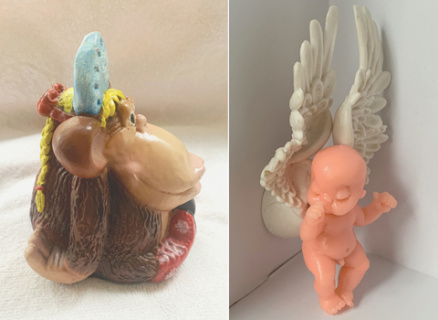
In the intricate dance of international relations, the exchange of gifts is far more than a simple formality. It is a powerful act of communication, a symbol of understanding, and a test of one nation’s attention to another’s culture and values. A misstep, even with the best intentions, can broadcast a message of ignorance or disrespect, turning a gesture of goodwill into a diplomatic blunder. The art of the gift is, in essence, the art of diplomacy in miniature.
Consider the metaphor of a well-meaning academic, an expert in the science of management, who consistently offers flawed presents—fruit with a touch of rot, a bouquet with a broken flower. His expertise in theory is undermined by a simple lack of attention to the present reality. This serves as a potent analogy for a state actor, armed with a grand strategy but failing in its execution due to a lack of situational awareness. Such an actor might offer a gift that is internally contradictory, like a beautiful seashell, a symbol of timeless nature, that has been jarringly fitted with a ticking clock, a symbol of frantic urgency. The two elements nullify each other, creating an object of kitsch that represents a confused or mixed message—a frequent pitfall in foreign policy.
The philosophy of Aldous Huxley’s fictional Mynah birds, trained to repeat the words “Attention! Here and now,” offers a crucial directive for modern diplomacy. Success on the global stage requires a profound and active attentiveness to the present moment and the specific context of any interaction. It is a reminder to look beyond preconceived notions and engage with what is truly there. This principle is the antidote to the kind of blindness that leads to giving a culturally inappropriate or symbolically incoherent gift.
There is a compelling argument to be made for the value of studying failure. While aspiring diplomats are often taught to emulate historical successes, these triumphs are frequently products of unique, unrepeatable circumstances. Greater wisdom may be found in creating a metaphorical “museum of bad taste”—a collection of diplomatic gaffes and cultural misunderstandings. By analyzing what went wrong, and more importantly, why, we can develop a more robust understanding of political and cultural sensitivities. Just as an art student learns about composition by identifying the flaws in an imperfect drawing, a diplomat can learn far more from a well-intentioned failure than from an unattainable ideal.
Ultimately, the ability to select the right gift is a test of empathy and knowledge of the recipient. It reveals the giver’s capacity to see the world from another’s perspective. While studies show that the act of giving brings immense joy to the giver, in the world of international relations, the true measure of a gift is the understanding it conveys. In a world of complex challenges, the simple, mindful act of paying attention—of being truly “here and now”—remains the most valuable diplomatic asset of all.
